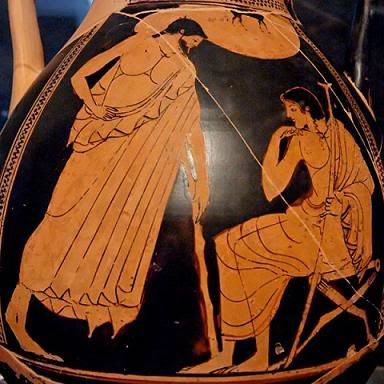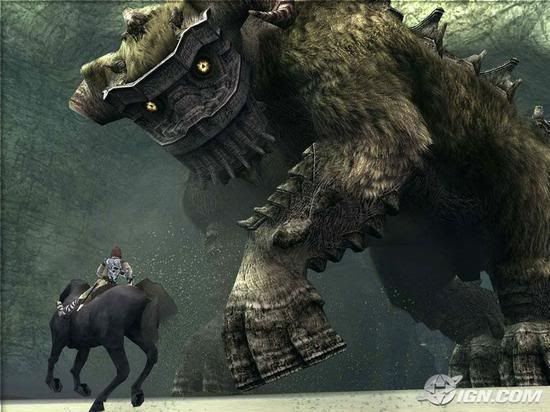
With this post, I'm going to start writing about my experience with, and notions about, adult gamer communities like SeasonedGamers.com (hereinafter SG) and GamerswithJobs.com (hereinafter GWJ). For all intents and purposes, this will probably be a series, too, but I'm getting a little tired of having to put boilerplate at the top of nearly every post I write, so I won't call it a "series."
One thing worth noting about the basic idea, though, is that it continues on from one of my pieces in The Escapist, “Creating the Normal Gamer.” I didn't get to say as much as I wanted to in that piece about what makes these communities special, and a blog seems like an ideal format to sketch out the rest of what I was on about.
Most importantly, this bunch of posts will give me the opportunity to talk about the ancient connection that I couldn't quite work into the original piece. Doing that will in turn give me another point of reference when I bend the Living Epic series back around to talk about community as it really works in gaming culture.
So my basic point in “Creating the Normal Gamer” was that the internet communities where adult gamers hang out are creating a new kind of gamer, a gamer I called, somewhat ironically—though not without a specific purpose—the normal gamer. These gamers hang out in such forums so that they don't have to wade through pages and pages of flames and flame-bait in such places as the official forums of the games they love. The specific purpose of using the phrase “normal gamer” was to express my belief that the reason the adult gaming communities have come together is to create a new version of normality, within their borders. That new version of “the normal” pushes out the legions of gamers who do the things we all don't like. Normality is of course always relative; the very centrality of gaming to our version of normality within places like SG makes us abnormal within most of adult mainstream culture. We don't call the gamers outside our walls “abnormal,” but that's more-or-less the way we treat them.
The classical connection is that Plato, a guy I've been coming to admire more and more since graduate school, a period when I loathed him with a passion that burned hotter than a thousand Helioses, was in my opinion trying to create his own adult gamer community. He was doing that, I think, because he couldn't figure out how else he should deal with the fact that mainstream Athens had decided to execute that original indy gamer--and the designer of Plato's own favorite game, elenchus—Socrates.
Am I actually saying that philosophy was originally a kind of video game (I'd never suggest that modern philosophy is, by the way)? Did you really need to ask?
This is going to take a while, I see, now that I'm this far in. I'm strong, though. I'm not going to call it a series.
If you happen actually to be reading this post, I'd love to hear what the name Plato means to you. The reason I loathed him in graduate school was that I thought he was a philosopher like Kant was a philosopher—you know, incomprehensible. He's not, though. Someday I hope I get a chance to give the “Gaming Plato” course that will serve as a companion to “Gaming Homer,” and tell you (if you're interested) that when Plato seems incomprehensible, that's actually because he's making fun of people like Kant.
So the thing I want to say about SG and GWJ and places like them is that when we hang out there and talk about, well, just about anything, from eschatology to scatology, we're actually doing a kind of philosophy—Plato's kind, the kind where you figure out how to be a good person. I've got a ton of examples to bring to the table, but there's one kind of conversation we have there that makes me think it's really philosophy: the fights we have about cheating. When we discuss whether a certain behavior is or is not something an SGer or a GWJer would do, we're having a dialogue about ethical philosophy, which is where Plato got started.








